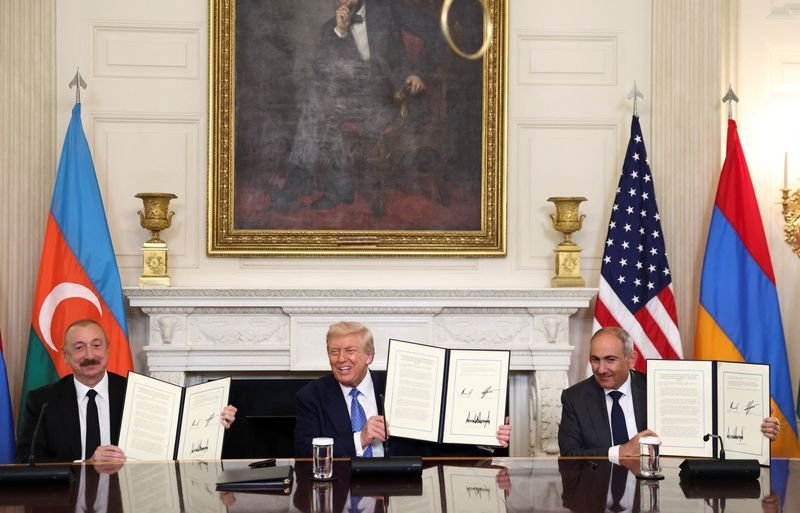Azerbaijan and Armenia Release Initial Peace Agreement Text
Azerbaijan and Armenia have made significant strides towards ending decades of tension by publishing the text of their initialed peace agreement. This agreement, aimed at establishing lasting peace in the region, represents a pivotal moment in the relationship between the two countries.
Historical Context
For many years, Azerbaijan and Armenia have been at odds, primarily over the disputed territory of Nagorno-Karabakh. This conflict has deep historical roots, leading to numerous outbreaks of violence and long-standing animosities between ethnic groups. The publication of this peace agreement indicates a potential shift towards reconciliation and stability.
Key Provisions of the Agreement
The pivotal elements in the peace agreement focus on various critical areas, including territorial integrity, security measures, and the rights of communities affected by the conflict. The agreement emphasizes the importance of recognizing each other’s sovereignty while providing a framework for peaceful coexistence.
Among the notable provisions is the commitment to halt military hostilities and establish mechanisms for regular dialogue. These elements pave the way for both nations to address longstanding grievances, enhancing mutual trust.
Role of International Partners
International actors have played a crucial role in facilitating discussions between Azerbaijan and Armenia. Nations and organizations have been actively involved in mediating the peace process, promoting dialogue and collaboration. This international support underscores the global importance of achieving stability in the region.
Additionally, ongoing discussions aim to establish confidence-building measures. These may include joint projects that focus on infrastructure, trade, and cultural exchanges, further strengthening relations.
Impact on Regional Stability
A successful peace agreement between Azerbaijan and Armenia could significantly affect regional stability in the South Caucasus. The cessation of hostilities may lead to improved security not just for the two nations involved but for neighboring countries as well. The potential for economic collaboration could also lead to increased prosperity in the area, fostering a more united and peaceful regional atmosphere.
Public Response and Challenges Ahead
The announcement of the peace agreement has been met with mixed reactions from both countries’ populations. While many welcome the prospect of peace, there are also segments of society that remain skeptical, fearing that the changes may not address deeply rooted grievances.
Challenges remain, including ensuring compliance with the agreement and addressing the humanitarian needs of those affected by the conflict. Both nations will need to demonstrate a commitment to the peace process through tangible actions and continued dialogue.
The Path Forward
The road ahead will require considerable effort and goodwill from both sides. Azerbaijan and Armenia must work collaboratively, moving beyond historical grievances to forge a new era of cooperation. Continued international support will be vital in maintaining momentum during this challenging period.
As the peace agreement takes shape, the focus will likely shift toward implementing its provisions effectively. Both governments will need to prioritize engaging their populations in the reconciliation process to promote understanding and acceptance of the changes.
Conclusion
The publication of the initial peace agreement marks a hopeful chapter in the history of Azerbaijan and Armenia. With a commitment to dialogue, mutual respect, and cooperation, both countries have the opportunity to transform their relationship from one of conflict to one of peace. As they navigate this process, the involvement of international partners will be essential in ensuring that the path toward a lasting peace is achieved.
